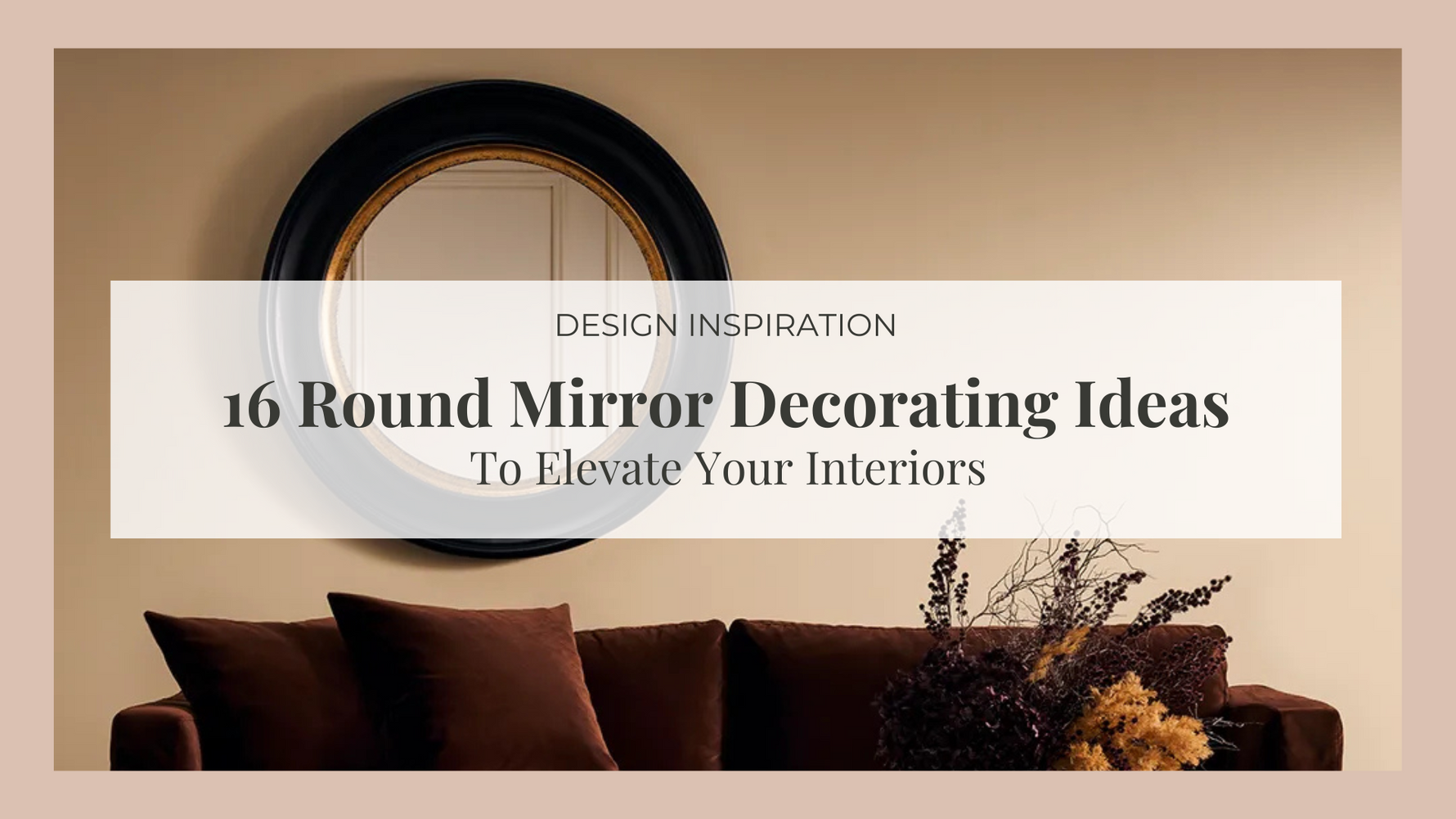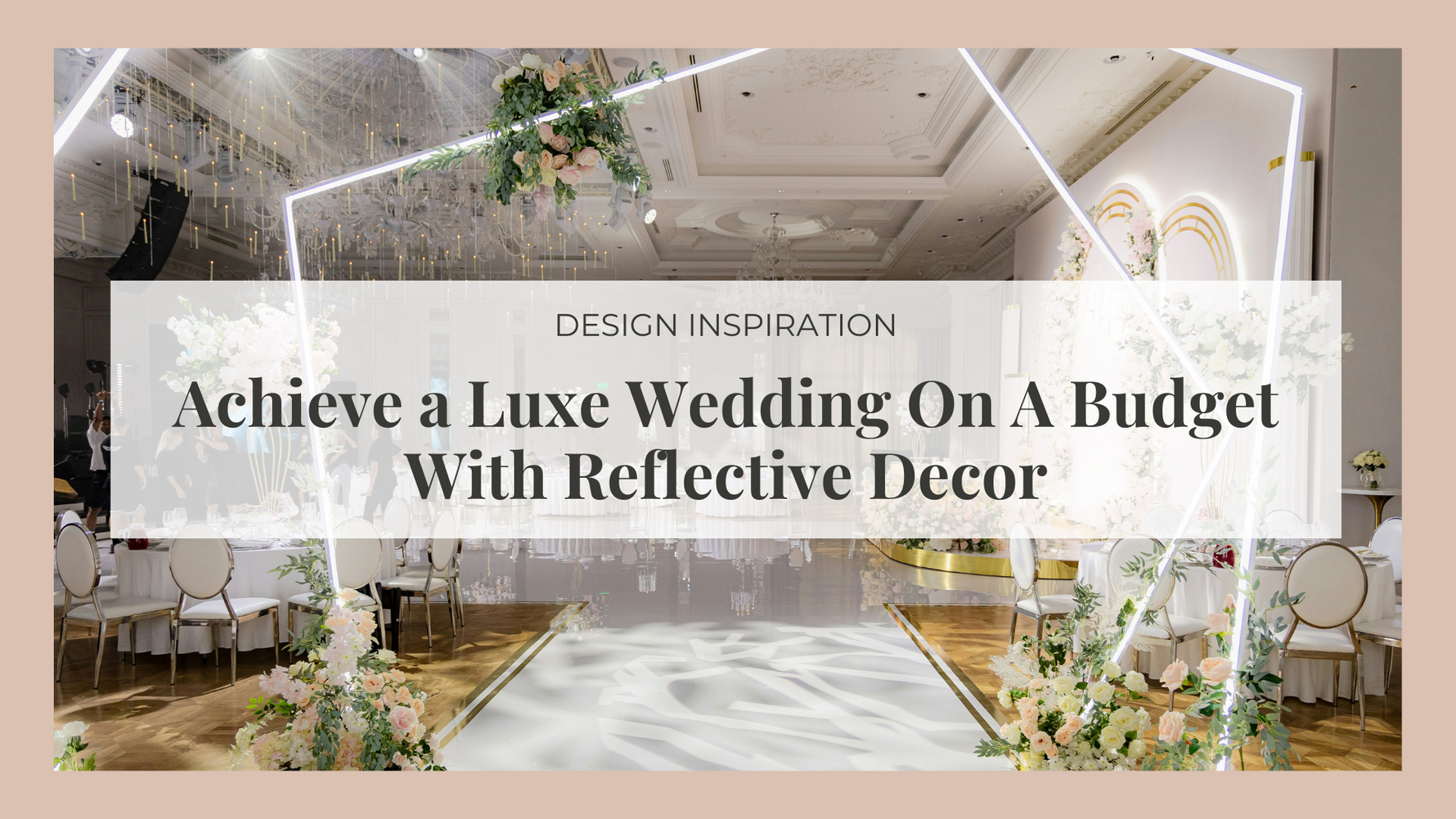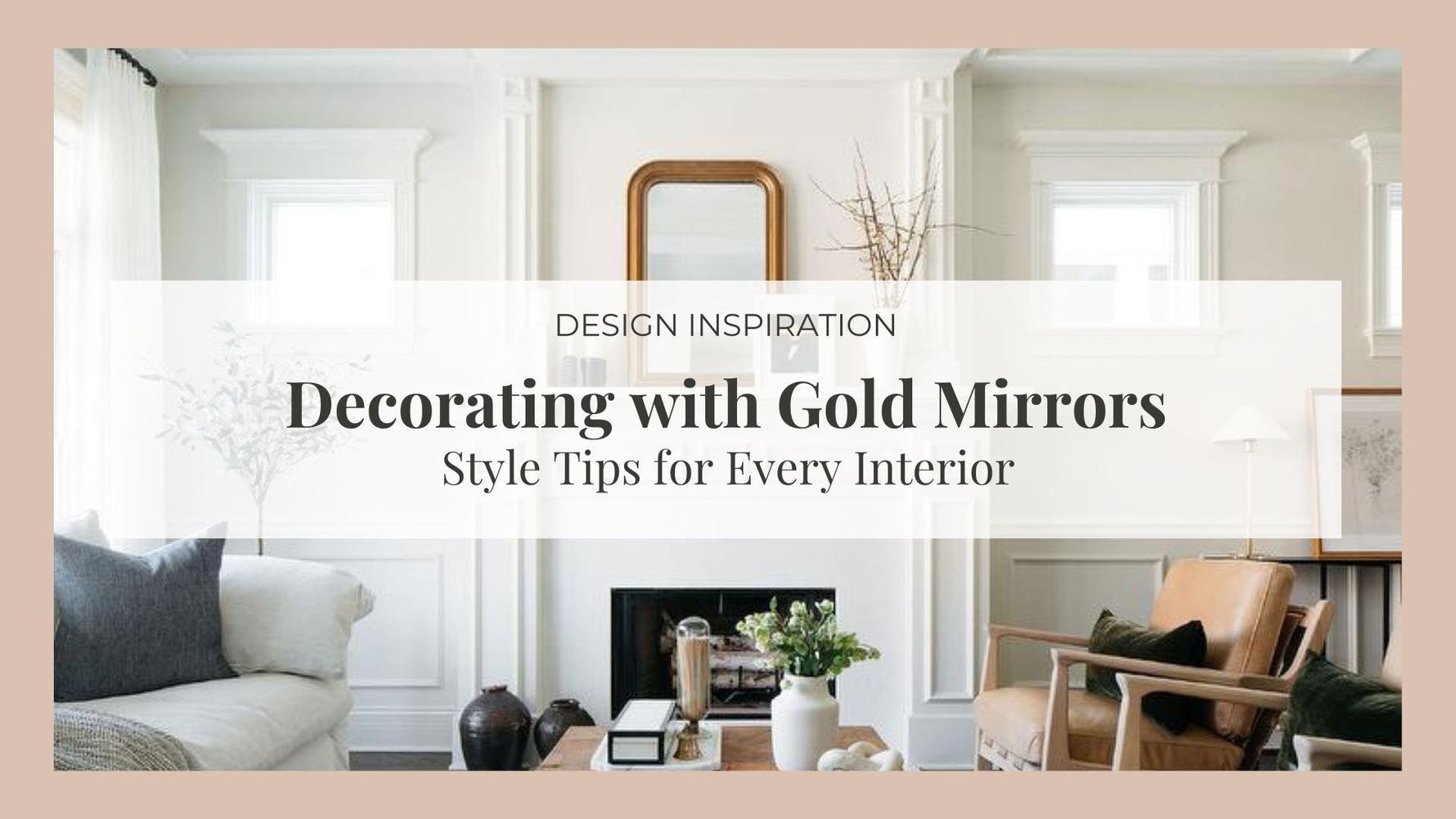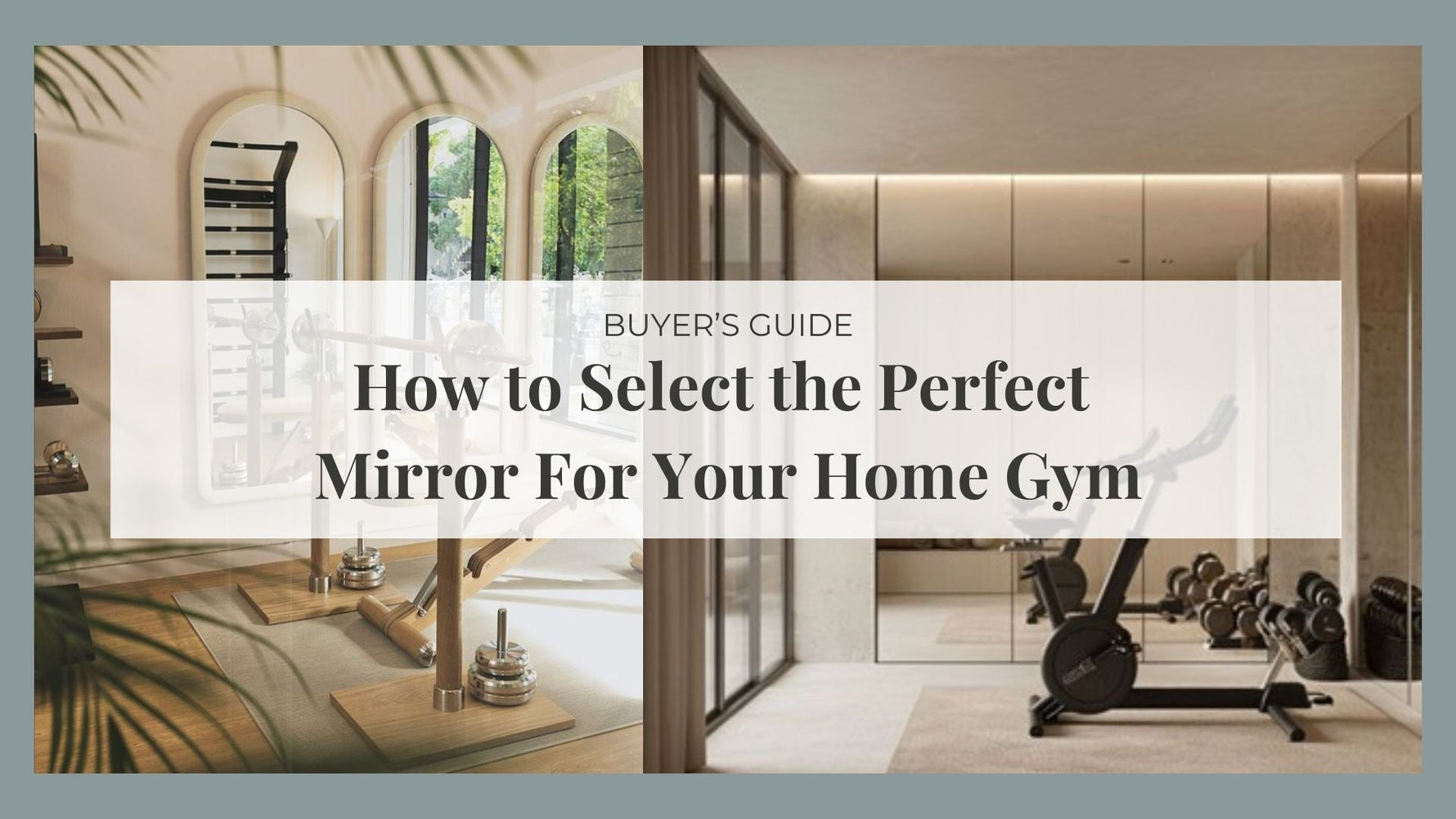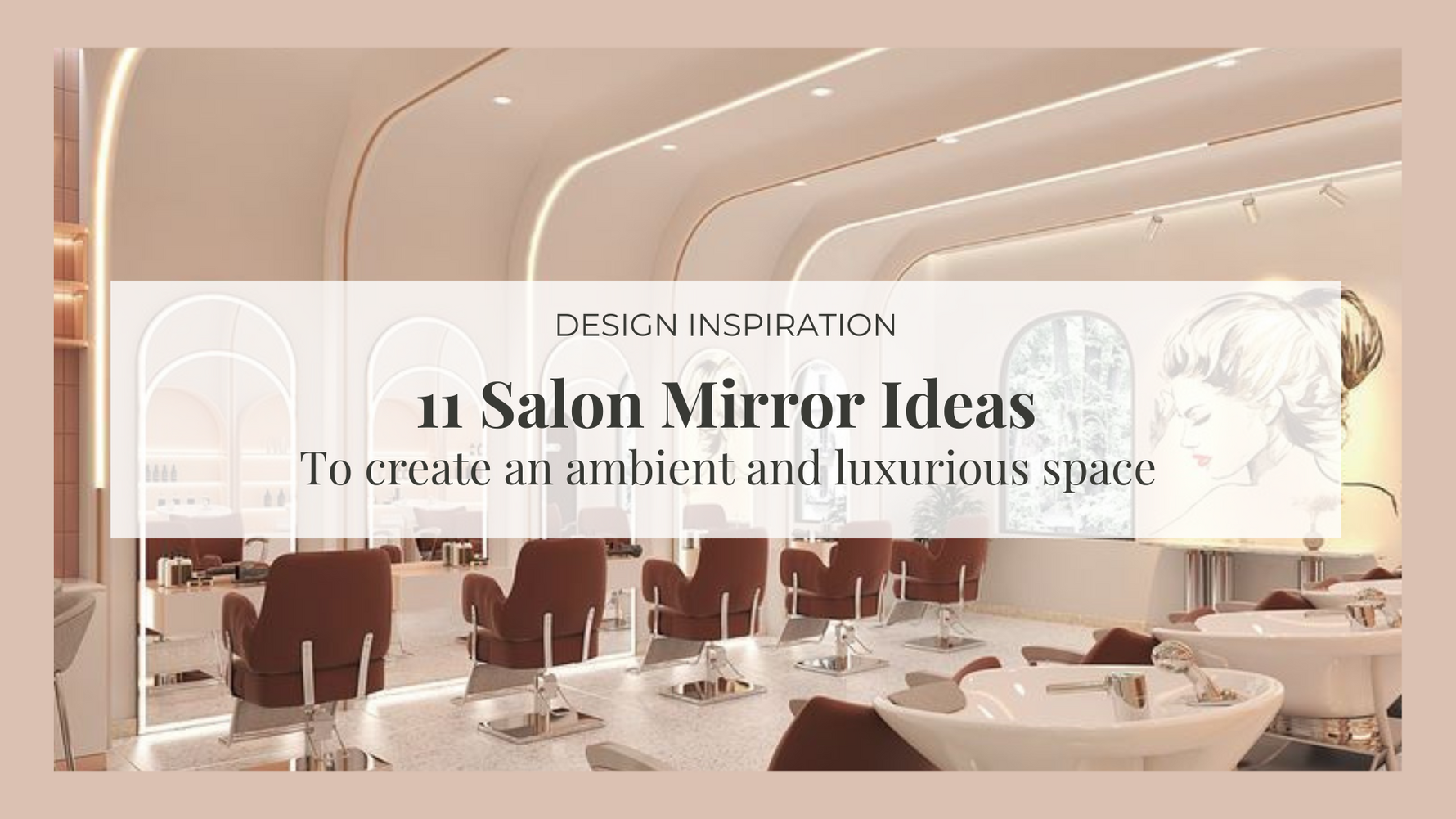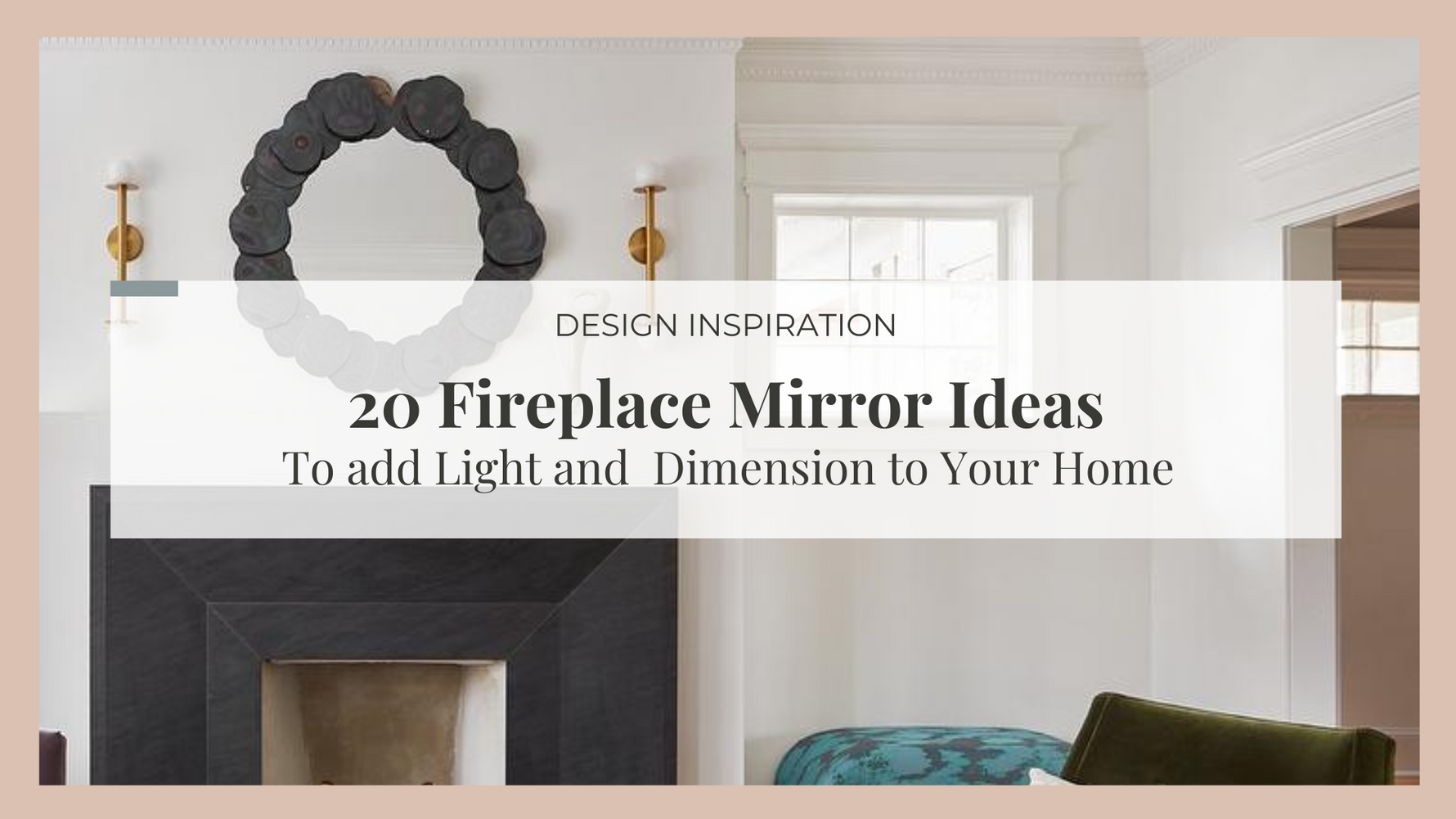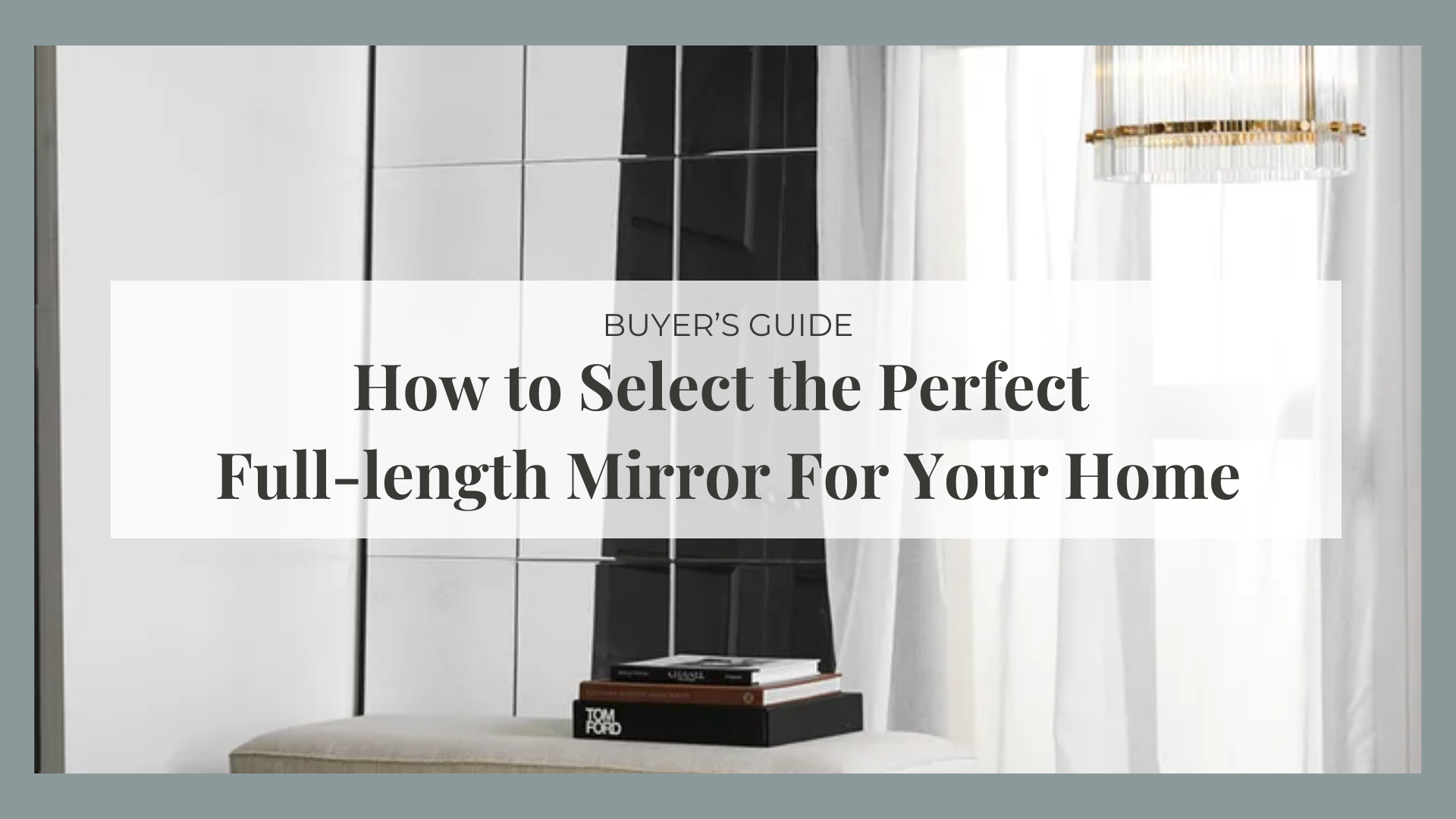
Full-length Mirror Buying Guide
Looking to add a full-length mirror to your space but not sure where to start? We’re here to help. Full-length mirrors aren’t just for checking out your outfit. They also make rooms look bigger and brighter, and can be a stylish focal point in your home. You can lean them against a wall, mount them, or get a free-standing version. Whether you’re redecorating or just want to brighten up a room, a full-length mirror can do wonders. Let’s dive into everything you need to know to pick the perfect one.
What is a Full-length Mirror?
Simply put, a full-length mirror is a mirror that lets you see your entire reflection, from head to toe. While full-length mirrors come in various sizes, a common range is between 1.5 to 1.8 metres in height. Larger mirrors are often used to create a dramatic impact in spacious areas or commercial environments such as boutiques and showrooms.
Narrow mirrors are ideal for tight spaces like hallways or small bedrooms, while still providing a bull-body view without taking up much width. Opt for a medium width (50cm - 80cm) is your safest bet to provide a balanced reflection area without overwhelming the space. Wider mirrors are excellent for creating a significant visual impact. They are perfect for spacious rooms and can be a focal point in living areas or commercial spaces.
1. Choose Your Location
The first step is choosing where you want to place your full-length mirror. It’s important to consider both functionality and aesthetics so that the mirror enhances both the practical and visual aspects of your space. Here’s how to use them in different rooms:
Living Room
A full-length mirror in the living room plays more of a decorative role and can act as a centrepiece of the room. When placed opposite or near a light source, it’s great for reflecting natural light and can make the space feel larger and more open. Here are some ideas for where to place it:
- Behind the Sofa: Place a full-length mirror directly behind the sofa to create depth and make the room feel larger.
- Leaning Against a Wall: For a relaxed look, lean a full-length mirror against a prominent wall. This is especially effective in smaller living rooms, as it opens up the space visually.
- Next to a Window: Position a full-length mirror near a window to maximize natural light. The mirror will reflect the view and light from outside, brightening up the room and making it feel more connected to the outdoors.
- Opposite a Feature Wall: Position a full-length mirror opposite a feature wall, such as one with a fireplace or bold wallpaper. This doubles the impact of the feature and adds balance to the room.
- In a Corner: Tucking a full-length mirror into a corner can help fill an awkward space and reflect more of the room, making it feel complete.

Image: Souffle Wavy Floor Mirror
Bedroom
In the bedroom, a full-length mirror is a must-have for getting dressed. Place it near your wardrobe or dressing area for easy outfit checks as you get ready for the day. Consider using a full-length mirror with a stand if you need flexibility. If space allows, a mirror on the back of the door or a sliding wardrobe can be a practical solution.

Hallway
Your hallway is usually the first impression guests get out of your home, so why not make it a memorable one? A full-length mirror in your makes the space feel more inviting and spacious. It’s also perfect for a last-minute look before heading out. In narrow hallways, opt for a tall and narrow mirror to avoid overwhelming the space. This also helps to make the hallway feel more expansive.

Dining Room
A full-length mirror in the dining room can boost the ambiance and enhance the overall dining experience by adding light and depth. Use a full-length mirror to visually expand the space and reflect light from windows and chandeliers, creating a warm and welcoming atmosphere.

2. Choose the Perfect Size
Once you’ve decided on the location, it’s time to consider size so that it fits proportionally in your space. A mirror that is too large can dominate the space, while one that is too small may look out of place.
As a general rule of thumb, choose a mirror that is around 2/3rds to 3/4ths of your wall. Higher ceilings can accommodate taller mirrors, making the room appear even more spacious. If your ceiling is lower, opt for a mirror that complements the vertical space without making the room feel cramped.
For commercial spaces like boutiques or gyms, consider the mirror's impact on the overall aesthetic. Measure the wall space carefully and think about how the mirror will be used. Larger mirrors can create an expansive feel, enhancing the customer experience. Mirrors that extend closer to the ceiling can enhance the sense of height and openness, making the space feel more luxurious and inviting.
If you struggle to find the perfect sized mirror, look for a custom mirror provider around your area as they can tailor your mirror to suit awkward or unique spaces.
3. Choose Your Mirror Shape
Rectangular
Rectangular mirrors are classic and versatile, making them a popular choice for various interiors. Their clean lines and straightforward design blend seamlessly with modern, minimalist, and traditional spaces. Rectangular mirrors are also great for leaning against a wall or mounting vertically or horizontally, depending on your design preference.
Square
Square mirrors offer a contemporary and bold statement in any room. Their symmetrical shape adds a sense of balance and harmony. When placed strategically, it can enhance the room’s architectural features and create a sense of order and structure. Square mirrors work well in spaces where you want to make a strong visual impact without overwhelming the decor.
Arch
Arch mirrors bring an elegant and timeless appeal to your home. The graceful curves of an arch mirror evoke a sense of softness and sophistication and can add a romantic and whimsical touch to any room. In a living room or bedroom, an arch mirror can complement other curved design elements, like arched doorways or rounded furniture, enhancing the overall aesthetic. Their unique shape also makes them ideal for creating a visual break in a room dominated by straight lines and angles.
Round
Round mirrors offer a soft and inviting look due to the absence of sharp corners, perfect for adding warmth and charm to any space. A round full-length mirror can soften the lines of a room and provide a pleasing contrast to angular furniture and architecture. Round mirrors are also versatile enough to fit into various design schemes, from casual and cozy to sleek and modern.

Image credit: yourhomeplan
4. Choose Your Frame Style
Choosing the right frame for your full-length mirror is essential for both style and functionality. A mirror with a decorative frame can act as a piece of art, adding texture and interest, while a mirror with a sleek, thin frame suits modern, contemporary styles.
Frame Style
Sleek and modern frames with clean lines are perfect for contemporary spaces, providing a minimalist and polished look. Decorative frames with intricate designs add a touch of luxury and sophistication, ideal for traditional or elegant interiors. If you prefer a more versatile option, frameless mirrors offer a seamless, adaptable design that complements any decor.
Frame Thickness
Frame thickness also plays a crucial role. Thin frames deliver a subtle, elegant appearance, fitting seamlessly with modern and minimalist interiors. On the other hand, thick frames create a bold statement and are well-suited for larger rooms and traditional settings, providing a strong visual impact.
Frame Material
Wood
Wood frames offer a timeless and classic appeal, bringing warmth and a natural touch to any interior. The rich texture and grain of wood make these frames a versatile choice that complements both traditional and rustic decor. They add a sense of authenticity and elegance, making them ideal for creating a cozy and inviting atmosphere.
Wood frames can be finished in various stains and paints, from deep mahogany to light oak, allowing them to seamlessly integrate with different colour schemes and furniture styles. Their enduring quality and classic look make wood frames a sophisticated addition to any room, whether you're aiming for a rustic charm or a traditional feel.
Plastic
Plastic frames are a practical and cost-effective option for full-length mirrors, offering a wide range of colours and styles to suit various decor themes. Lightweight and durable, plastic frames are easy to handle and maintain, making them a convenient choice for high-traffic areas or casual settings.
Despite their affordability, modern plastic frames can mimic the appearance of more expensive materials, such as wood or metal, allowing you to achieve a stylish look without breaking the bank. They are available in a variety of finishes and designs, from sleek and minimalist to bold and decorative, providing flexibility in matching your decor.
Metal
Metal frames are often seen as a more upscale choice for full-length mirrors, and their popularity stems from their stylish and contemporary appeal. The sleek, industrial finish of metal frames complements modern interiors beautifully, making them a great choice for contemporary decor where a refined, polished look is desired. Gold, silver, and bronze are the most sought-after shades for metal frames.
-
Gold frames exude warmth and opulence, making them ideal for spaces where you want to add a touch of luxury.
-
Silver frames offer a sleek, modern look with a cool, reflective quality that brightens up any room.
-
Bronze frames bring a rich, earthy tone that adds depth and sophistication, perfect for creating a warm, inviting atmosphere.
Bone
These frames feature intricate, handcrafted designs, with delicate pieces of bone inlaid into the frame to create detailed patterns and motifs. This artisanal craftsmanship introduces a bohemian charm that makes the mirror a standout piece in any room. Their ornate designs and rich textures contribute to a distinctive, luxurious atmosphere, making them a focal point in your space.
5. Mounting Options
Leaned Against Wall
Leaning a mirror against the wall is a popular choice for full-length mirrors. However, to prevent the mirror from accidentally tipping over or slipping, it's recommended to secure it at two points on the wall.
You can also use anti-tip hardware or adhesive strips to anchor the base of the mirror to the wall, ensuring it remains stable and safe. This method is particularly effective for large mirrors that you want to showcase without drilling into the wall.
Wall Mount
Mounting your mirror directly to the wall can provide a sleek, fixed appearance that integrates seamlessly into your decor. For light mirrors, use appropriate screws or wall anchors to ensure a secure attachment. These mirrors are generally easier to handle and require fewer supports.
For heavy mirrors weighing over 20kg, consider using heavy-duty wall anchors designed to bear additional weight, or metal brackets which are great for distributing the weight more evenly across your wall. This added security helps prevent accidents and ensures the mirror remains firmly attached, maintaining both its safety and your peace of mind.
If you are unsure about how to mount your mirror, we recommend engaging a professional installer to prevent accidents and damage to your mirror or wall.
Free-Standing Mirror
A free-standing mirror doesn't require wall mounting, which means you can place it anywhere in the room and move it as needed without making permanent changes to your space. This type of mirror is ideal for rooms where you want flexibility in positioning or where drilling into walls is not an option. Its stability comes from its own stand or base, making it a convenient choice for both decorative and practical purposes.

Image: French Provincial Gold Free-standing Mirror
6. Cost
Full-length mirrors vary widely in price, influenced by factors such as size, frame material, and design. Understanding these variables can help you set a realistic budget and find a mirror that fits both your aesthetic preferences and financial constraints.
Budget-Friendly Options
For those seeking affordable mirrors, prices generally start around $50 to $200. At this range, you can find mirrors with basic designs and materials such as:
- Plastic frames: These mirrors offer a range of styles and colours, often mimicking more expensive materials like wood or metal. They are lightweight and easy to handle, making them a practical choice for those on a tight budget.
- Simple metal or wood frames: Basic metal or wood frames without elaborate detailing or finishes fall into this price bracket. They are durable and functional, though their design might be more minimalistic.

Image: Embellir LED full-length mirror
Mid-Range Options
In the $200 to $400 range, you'll find mirrors with higher quality and more refined design elements:
- Mid-Grade Wood Frames: These mirrors feature better-quality wood, often with finishes or stains that enhance their appearance. They offer durability and a more classic look.
- Decorative Metal Frames: Mirrors in this range might include more intricate designs and finishes, such as brushed or polished metal, adding a touch of elegance.
- Glass and Polyresin Frames: These materials provide a balance between affordability and style, offering a range of modern designs that are both durable and visually appealing.

Image: Jace Wood Floor Mirror
High-End Options
For those willing to invest more, $400 to $1000 and beyond, high-end mirrors feature premium materials and sophisticated designs. They could also be hand-made, making them one-of-a-kind:
- Luxury Wood Frames: High-quality wood frames, including exotic woods or custom finishes, offer exceptional craftsmanship and a refined appearance.
- High-End Metal Frames: Premium metals such as brass, gold, or intricate bronze designs are featured in this price range. These mirrors often include unique detailing and superior construction.
- Bone Inlay or Designer Mirrors: These mirrors are crafted with intricate inlay work or by renowned designers, offering unparalleled aesthetic appeal and exclusivity.

Image: Beluga Panel Floor Mirror
Conclusion
Choosing the right full-length mirror is all about finding what fits your space, style, and needs. With this guide, hopefully you’ll be able to pick a mirror that not only looks great but also adds function and flair to your home. Happy decorating!
